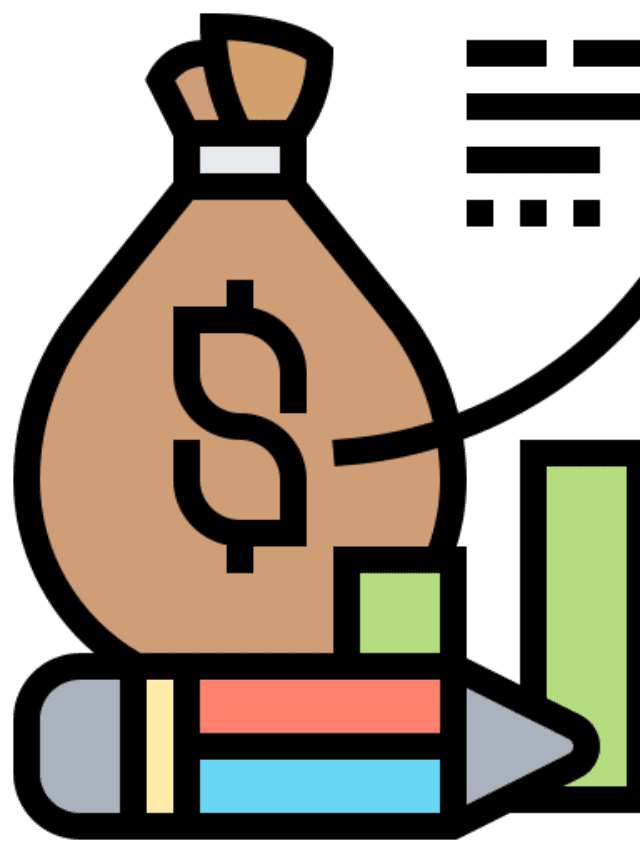The Best Way to Pay Off Debt Fast
Debt can feel overwhelming, but with the right strategies, you can pay it off quickly and regain financial stability. Whether you have credit card debt, student loans, personal loans, or medical bills, adopting a structured repayment plan will help you eliminate debt faster and achieve financial freedom. In this article, we’ll explore the most effective ways to pay off debt quickly.
1. Assess Your Debt Situation
The first step to paying off debt is understanding how much you owe. Gather all your debt-related documents and make a list of:
-
The total balance owed
-
The interest rate on each debt
-
The minimum monthly payment required
-
The due dates for each debt
Having a clear picture of your debt will help you develop a repayment plan that suits your financial situation.
2. Create a Budget and Cut Unnecessary Expenses
A budget is crucial for managing your finances and allocating extra money toward debt repayment. Follow these steps to create an effective budget:
-
Track your income and expenses.
-
Identify non-essential spending, such as dining out, subscriptions, and impulse purchases.
-
Allocate a portion of your income specifically for debt payments.
-
Use budgeting apps to monitor your spending and stay on track.
By cutting unnecessary expenses, you can free up more money to put toward your debt.
3. Choose a Debt Repayment Strategy
There are two popular methods for paying off debt efficiently: the debt snowball method and the debt avalanche method.
The Debt Snowball Method
This strategy focuses on paying off the smallest debts first while making minimum payments on larger debts. Here’s how it works:
-
List your debts from smallest to largest balance.
-
Pay as much as possible on the smallest debt while making minimum payments on the others.
-
Once the smallest debt is paid off, move to the next smallest.
-
Repeat the process until all debts are cleared.
The debt snowball method is effective because it provides quick wins, which can help keep you motivated.
The Debt Avalanche Method
This strategy focuses on paying off the debt with the highest interest rate first. Here’s how it works:
-
List your debts from highest to lowest interest rate.
-
Pay as much as possible on the highest-interest debt while making minimum payments on the others.
-
Once the highest-interest debt is paid off, move to the next highest.
-
Repeat the process until all debts are cleared.
The debt avalanche method is the fastest way to pay off debt while minimizing the amount of interest paid.
4. Make Extra Payments Whenever Possible
If you have additional income or savings, use it to make extra payments toward your debt. This can significantly reduce the repayment period and total interest paid. Consider these options:
-
Applying work bonuses, tax refunds, or gifts toward debt.
-
Using side hustle earnings for additional payments.
-
Making biweekly payments instead of monthly payments to reduce interest.
5. Consider Debt Consolidation
Debt consolidation involves combining multiple debts into one loan with a lower interest rate. This can simplify payments and reduce interest charges. Options for debt consolidation include:
-
Balance transfer credit cards: These offer 0% interest for an introductory period, allowing you to pay off debt faster.
-
Personal loans: A fixed-rate loan can help you pay off high-interest debt in a structured manner.
-
Home equity loans: If you own a home, you may qualify for a home equity loan with a lower interest rate.
6. Negotiate Lower Interest Rates
High-interest rates make it harder to pay off debt. You can try negotiating lower interest rates with your creditors by:
-
Calling your credit card company and asking for a lower rate.
-
Refinancing loans to secure a better interest rate.
-
Transferring high-interest balances to lower-rate accounts.
Lowering your interest rates will help you pay off debt faster by reducing the amount of interest you owe over time.
7. Avoid Accumulating More Debt
While paying off existing debt, it’s important to avoid taking on new debt. Here’s how:
-
Stop using credit cards for non-essential purchases.
-
Stick to a cash-only or debit-card-based spending system.
-
Avoid unnecessary loans and financing options.
Breaking the cycle of debt is essential for long-term financial health.
8. Increase Your Income
Earning extra income can accelerate debt repayment. Consider these options:
-
Taking on a part-time job or freelance work.
-
Selling unused items online.
-
Monetizing skills through tutoring, consulting, or gig economy jobs.
Using additional income exclusively for debt repayment can significantly shorten your payoff timeline.
9. Seek Professional Help if Needed
If you’re struggling to manage debt on your own, consider seeking professional help. Credit counseling agencies and financial advisors can help you develop a personalized repayment plan. Options include:
-
Debt management plans (DMPs): A structured plan that consolidates payments and may reduce interest rates.
-
Debt settlement: Negotiating with creditors to settle for less than the full amount owed.
-
Bankruptcy: A last resort option for extreme financial distress.
10. Stay Motivated and Track Your Progress
Paying off debt takes time and discipline. Stay motivated by:
-
Setting small, achievable goals.
-
Celebrating milestones as you pay off debts.
-
Keeping a visual tracker of your progress.
-
Reminding yourself of the benefits of a debt-free life.
Conclusion
Paying off debt fast requires a strategic approach, discipline, and persistence. By assessing your debt, budgeting wisely, choosing the right repayment method, and avoiding new debt, you can take control of your financial future. Whether you use the snowball or avalanche method, make extra payments, or consolidate debt, the key is to remain consistent and motivated. Financial freedom is within reach—start your debt payoff journey today
Share this with your friends and family!









.jpg)